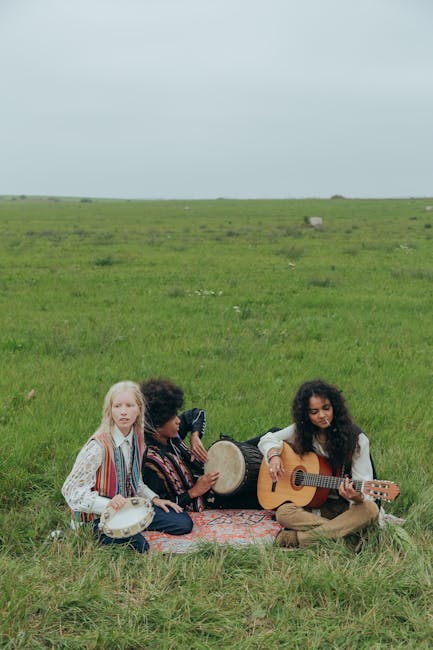hello, because of covid-19 we cannot meet and practice here so we decided to make a video with all componets/patterns of moribayassa rhythm for beginners to play and exercise at home so we now concentrate at moribayassa rhytm and i will show you how to play it on djembe three basic components/patterns for you to play at home so first one which you suposed to knew already is the basic one and its sound like this I've played it slower then in normal mode so we start from right hand on the "bass" sound then we have two "tones", another "bass", and "slap" and together with "call", but remember that "call" play only one person, me in that point:) but to hear all…. ok, and second component/pattern is simpler, I think we play two "bass" strokes and four "slap" or "tone" storkes for beginners doesnt matter which ones just focus on groove "slap" nad "tones" will be in the future how to play them one, two, three four important to know: the "bass" we make by right hand and "tones" alternately: right – left, right – left the last "right- left" hands are faster and third djembe component/pattern is a reverse variation of second one here we starts from "tones" strokes strokes on the edge of drums 5 strokes alternately for hands: right – left, right – left, right and then 2 "bass" strokes three, four three, four three, four you can play this two components together or interchangeably and now with "call" how "call" sounds with first component (second component/pattern) (third component/pattern) ok and now little bit faster so in fact in normal moribayassa mode 🙂 and try to pratcise it with
metronome for example "on youtube"


